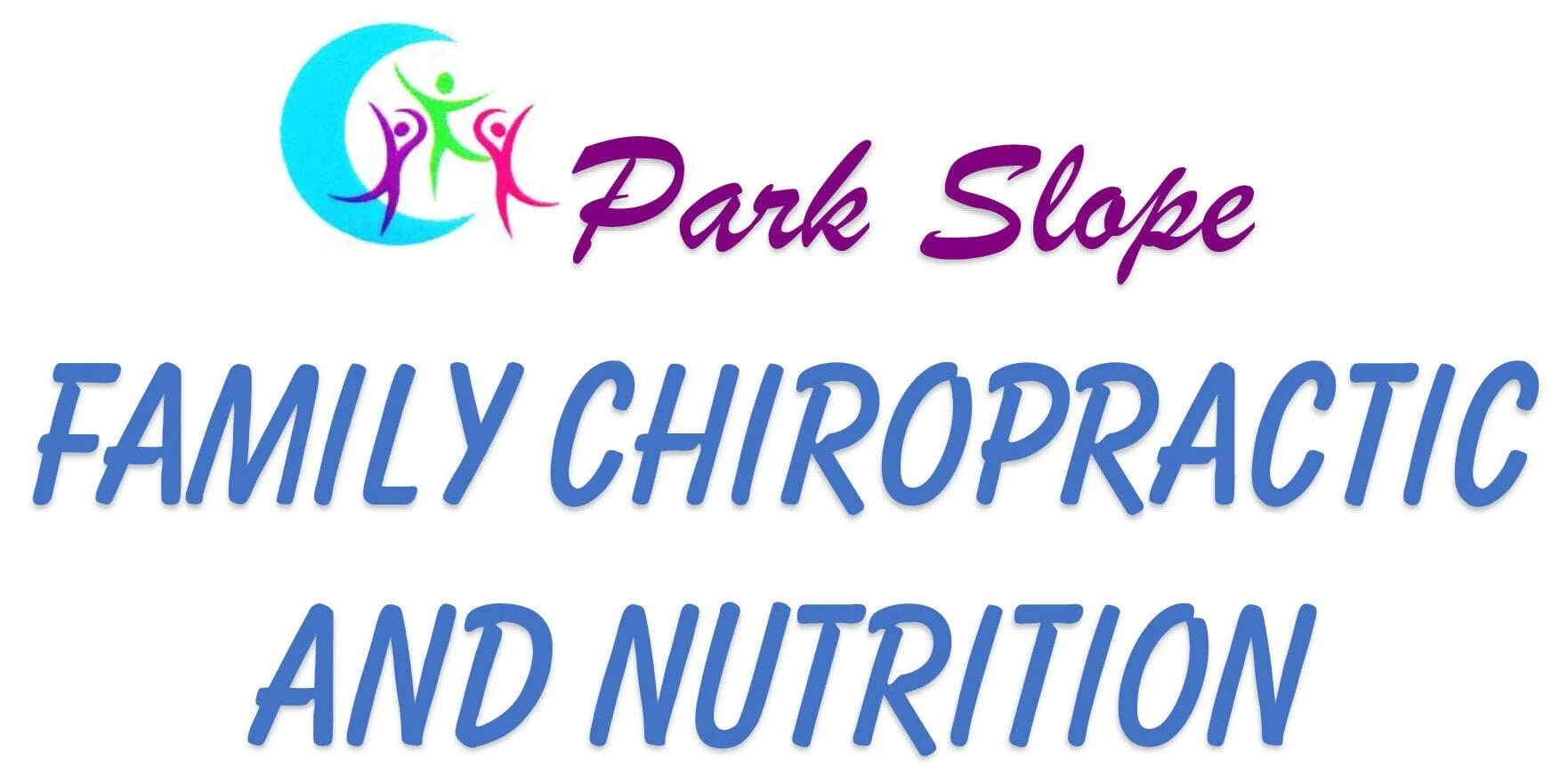“I’ve been adjusted for years, my newborn has recently started and I'm amazed by the impact it has had on breastfeeding.” Christina.
New moms are well aware of the importance of breastfeeding. Moms who are eager to breastfeed their newborns often find themselves disheartened if they run into difficulties with nursing. They may find the infant is having trouble maintaining suction on the nipple or chewing on the nipple or becoming irritable during and after nursing. An infant may fatigue from the added effort and fall asleep before eating enough. Insufficient weight gain may become a concern. The mother in turn may suffer from blocked milk ducts, painful breasts or cracked nipples and may become frustrated and discontinue nursing. Often this leads to the mother feeling depressed and believing that if she cannot meet her child’s needs she is not a good mother.
Breastfeeding is by far the best choice for infant feeding for numerous reasons. Jeannie Ohm, Executive Director of the International Chiropractic Pediatric Association (ICPA) (Ohm 2006) states, “Significant research shows that from a nutritional, immunological, digestive, neurological, developmental, mental, psychological, and emotional standpoint, there is no replacement. Therefore when difficulties occur, new moms are compelled to find a solution.
Chiropractic care offers a conservative approach which appeals to many parents. It is gentle, non-invasive and proven safe for children. As chiropractors we assume the structural makeup of the infant is intact and then we look for what is obstructing normal function, i.e., as in breastfeeding issues. Chiropractic care facilitates the child's body to heal on its own.
Jeannie Ohm states, “In the case of breastfeeding difficulty, as with many childhood disorders, the cause of the problem often traces back to undetected biomechanical injuries to the spine and cranium at birth. The failure to recognize these biomechanical injuries and their relationship to difficulty in breastfeeding leads to incorrect conclusions and, therefore, inadequate recommendations and treatments.” (Ohm 2006)
These “biomechanical injuries” are termed subluxations. Subluxations are misalignments of the bones that interfere with the nerve flow (communication) to the area and in turn the function of a joint. The spinal bones (vertebrae), bones of the skull (cranial bones) and facial bones including the TMJ (temperomandibular joint) all participate in the process of latching and sucking. A baby that is having difficulties nursing most likely has subluxation in one or more of these areas. It has been my experience that when an infant is adjusted, these obstacles to nursing are corrected and normal function returns. Breastfeeding is then resumed.
Subluxations can occur in a number of ways from physical, chemical or emotional stresses. Williams Obstetrics, the “bible” of obstetrics, parallels chiropractic theory by stating, “the diameter of the woman's pelvis is decreased when the sacrum is displaced” (Cunningham, Levano, Bloom, Hauth & Roth.) In this circumstance the mother has a misalignment of the pelvis or subluxation . This can interfere with the baby’s ability to attain the optimal positioning (vertex), causing intrauterine constraint. “Intrauterine constraint is defined as any forces external to the developing fetus that obstruct the normal movement of the fetus”. (Anrig, Plaugher. 2013). Compression on nerves, joints and cranial bones can occur with this alteration in positioning. Breech presentations are almost always due to intrauterine constraint and produce areas of excessive stress on the infant. Intrauterine restraint is best remedied with chiropractic care.
The birth process is a traumatic event for the newborn even under normal circumstances. When the baby is in the optimal position at the start of labor there is pressure from contractions on the baby’s head and neck.
Present day conventional perspective advocates c-sections as a comparable alternative to vaginal birth. However, many prospective parents and practitioners are aware of the traumatic effects of c-section on the newborn and mother. Extracting the baby through layers of the mother’s muscles puts excessive force on the baby’s head and spine and may result in changes in alignment of the spine or the cranium. Additionally a c-section delivery deprives the baby from an essential process called molding. The cranium of an infant is made up of separate bones separated by cartilage. During the birth process the bones overlap and return to an optimal positioning which allows them to be moveable. The mobility of the cranial bones is important because subluxated cranial bones can interfere with the child’s ability to latch and suck.
Deliveries employing mechanical devices as in forceps and vacuum distractions use excessive force and add extreme stress to the baby’s cranium, spine and nervous system. Tortocollis, for example, has been reported in connection with this type of delivery. “Adjustments to the newborn help alleviate spinal subluxations caused by abnormal positioning in the uterus, intrauterine constraint, and spinal distress from the journey through the birth canal or during the delivery process itself.” (Anrig, Plaugher, 2013)
I and many other pediatric chiropractors have had success with infants having breastfeeding difficulties. In addition, numerous beneficial results have been seen with colic, diarrhea, constipation, digestive disorders, immune and neurological deficits, irritability and sleep disturbances to name a few. Whether it is for a specific concern or a wellness visit, we believe that all newborns should be given a chiropractic check-up after birth.
Chiropractors are interested in educating our communities as to the effectiveness of chiropractic care in restoring the ability to breastfeed.
Please visit the icpa4kids.com website (International Chiropractic Pediatric Association) as well as my own website yourparkslopechiropractor.com and face book page parkslopechiropracticandnutrition.com for more information regarding healthy options for health care interventions. I encourage you to learn about the benefits of chiropractic care as part of a wellness, lifestyle program, as your children develop and grow into young adults.
Claudia Anrig and Gregory Plaugher, Pediatric Chiropractic, 2013, ed. (Lippincott, Williams and Wilkins), 374F. Cunningham, Kenneth Leveno, Steven Bloom, John Hauth, Dwight Rouse, Williams Obstetrics: 23rd Edition / Edition 23 new York. McGraw-Hill Professional Publishing.
Jeanne Ohm, DC, “Breastfeeding Difficulties and Chiropractic,” Pathways to Family Wellness Magazine, Issue #11

